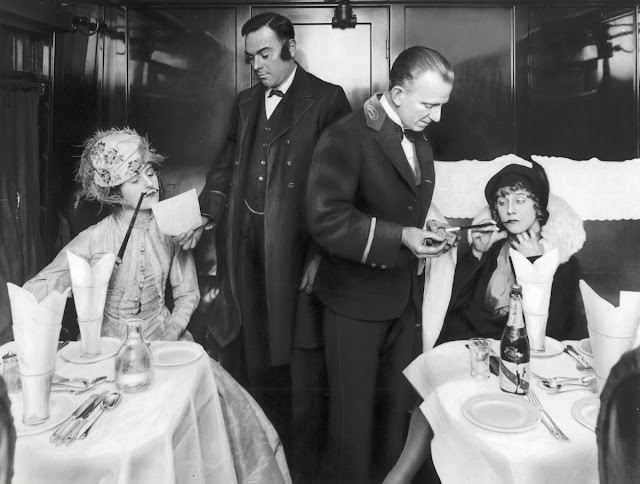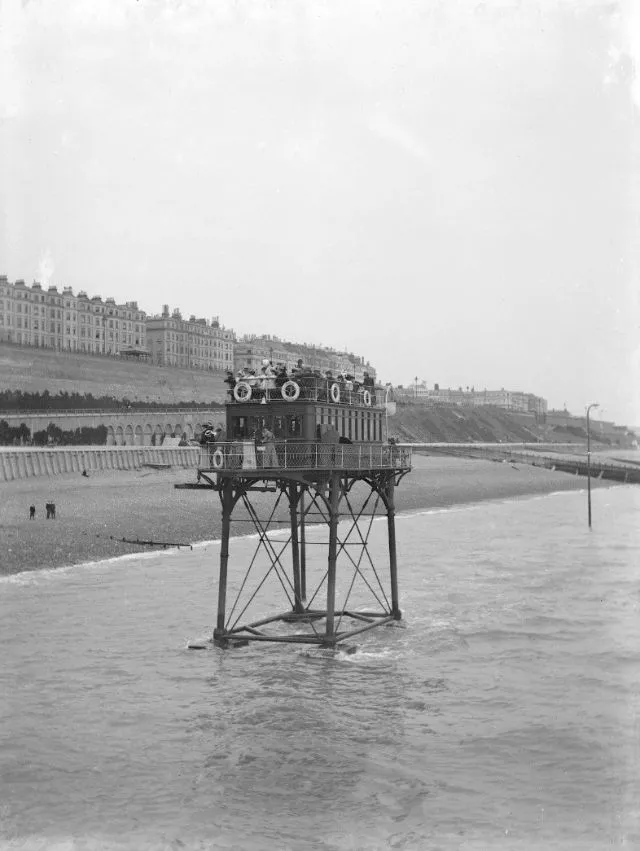Launched from the Saunders-Roe facility at Cowes on the Isle of Wight, the first Princess Flying Boat, G-ALUN, had the distinction of being the largest all-metal flying boat to have ever been constructed. It was also destined to be the last large flying boat ever created in the world. The era of the large flying boat had effectively ended prior to the aircraft’s completion.
The first prototype Princess had its maiden flight on August 22, 1952. Between 1952 and 1954, it performed 47 test flights and had two public appearances at an airshow. It featured two decks, capable of carrying 105 passengers in luxury on intercontinental flights. Powered by a unique arrangement of ten Bristol Proteus turboprop engines, it had a range of 9,210 kilometers (5,723 miles) and cruised at 580 kilometers per hour (360 mph).
Work on the Princess was cancelled after three examples had been produced, only one of which flew. By the mid-1950s, large commercial flying boats were being increasingly overshadowed by land-based jet airliners. Factors such as runway and airport improvements had added to the viability of land-based aircraft, which did not have to compromise to accommodate the additional weight and drag of the boat hulls that were necessary on seaplanes, or the mitigating measures needed against the corrosion caused by seawater. Following the project's termination, the three airframes were stored with the intention of selling them; however, upon receipt of a promising offer for the aircraft, it was found that corrosion had set in while in storage. As a result, all three aircraft prototypes were subsequently scrapped. The flying boat era had ended.















